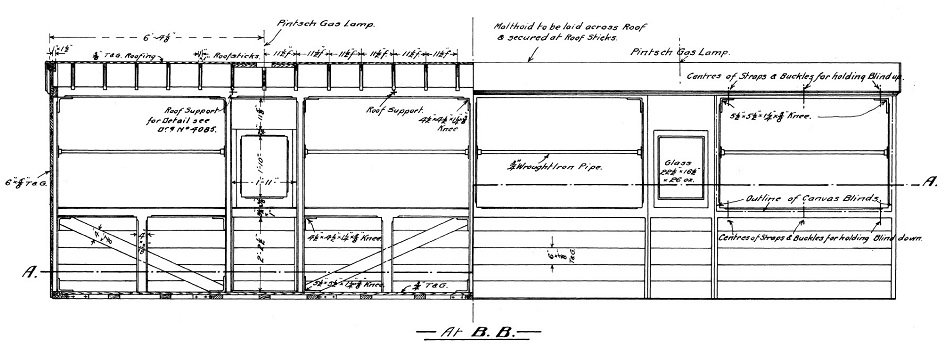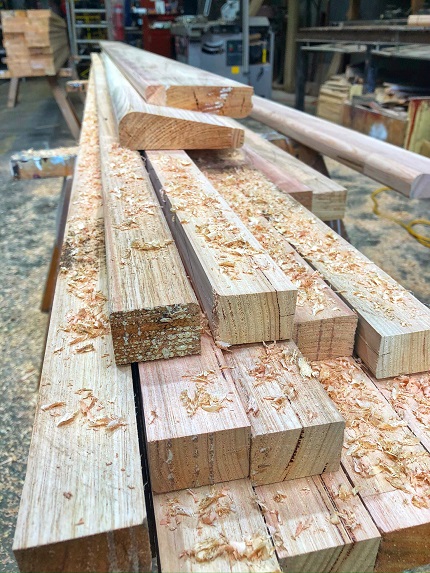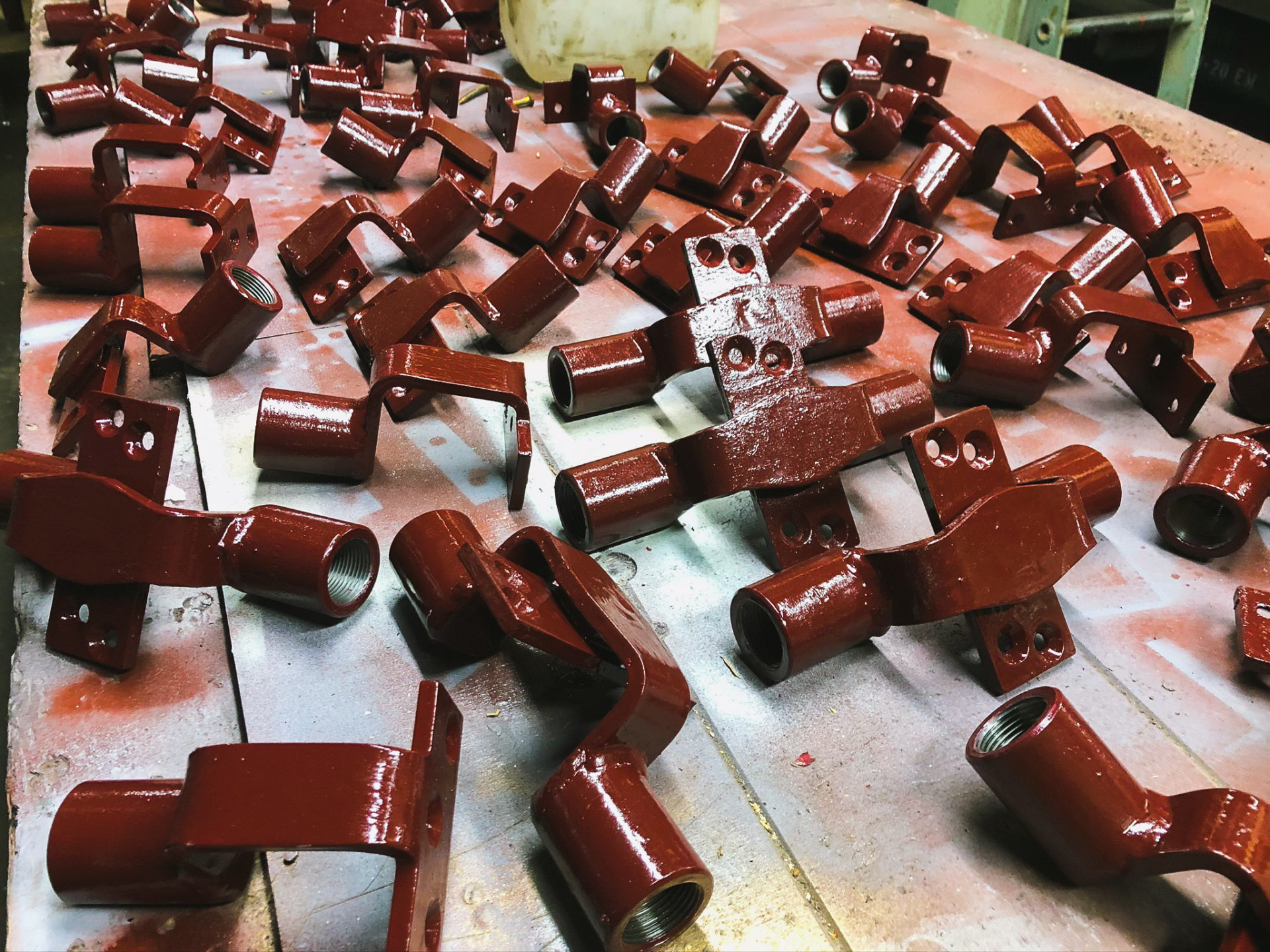Perhaps one of the most iconic experiences one can have on a heritage railway world-wide is that which can be found at Puffing Billy. For over 100 years, tourists have ridden the little train through the rolling hills and fern gullies of the Dandenong ranges whilst sitting on the carriage sills with their legs hanging out, as they connect intimately with a natural environment that is quintessentially Australian.
Post-WWI, the Victorian Railways found the Gembrook line growing in popularity as a tourist hot spot, with day trippers and weekenders quite literally heading for the hills to escape daily life in the city. This burgeoning holiday traffic was the catalyst for the introduction of purpose-built passenger carriages during 1919.
Classed NBH ( N – Narrow gauge; B – Second class; and H – quite literally – Holiday traffic), 15 were built at the VR’s Newport Workshops on standard 25’ NQR open goods wagon underframes. With drawings issued on the 25th January 1919, the first 5 were rushed into traffic in time for Easter – April 12th, with the remainder going into service during December of that year.
As you can see from the original VR drawing, the carriages were initially designed with only one handrail. A further drawing (above) dated 30th April details the modifications hastily prepared to manufacture and install a second, lower handrail, bought about, no doubt, by the need to ensure that passengers, who had already taken to sitting with their legs out, could do so safely.
And thus the status quo remained, until the fateful day in 2018 when a bus failed to stop for an activated level crossing outside Menzies Creek. As a result, the practice of sitting on the carriage sill was temporarily suspended while a full investigation of the accident was carried out.
Whilst it was shown that the age-old tradition of ‘dangling legs’ was inherently safe – a total of zero recorded incidents in 100 years of operating the NBH’s demonstrates this – the world around Puffing Billy had changed. Growth in car ownership and the subsequent huge increase in road traffic could be seen to give the perception of higher risk, and this led to a considerable amount of investigative work being conducted.
In addition to studying both the ergonomic and human science factors related to sitting on the sides of a moving train, we also undertook a large piece of work around the risk related to our level crossings. The direct outcome of this has been the design, installation and commissioning of boom barriers at three more levels crossings, with at least another one more to follow shortly.
In the meantime, a detailed ergonomic study of the carriage design was undertaken, to understand how the century-old design measured up to modern standards, and to see if there was anything further we could do to improve the existing levels of passenger comfort and safety. This involved the design and manufacture of a carriage side mock-up, with interchangeable sills and adjustable handrail positions. This test rig was trialed with a range of different people of multiple ages and heights, allowing us to test different options for ease of access/egress, comfort and perceived security.
Recommendations regarding the relative position of the side sills and the handrails, including the addition of a slope to the top of the sills, were tested and accepted for implementation by the Railway.
In order to expedite a return to sitting on the sills for our visitors, design work was completed, materials ordered, and a start made on the necessary changes as soon as possible. A concerted effort by the Carriage workshop team saw modifications to the last carriage completed the day Victoria went into lockdown.
With modification works complete, the next stage of the project is a testing program when local restrictions allow, in order to prove the proposed communication to passengers, such as signage, and processes around passenger management.
Be sure to check back for further developments!
